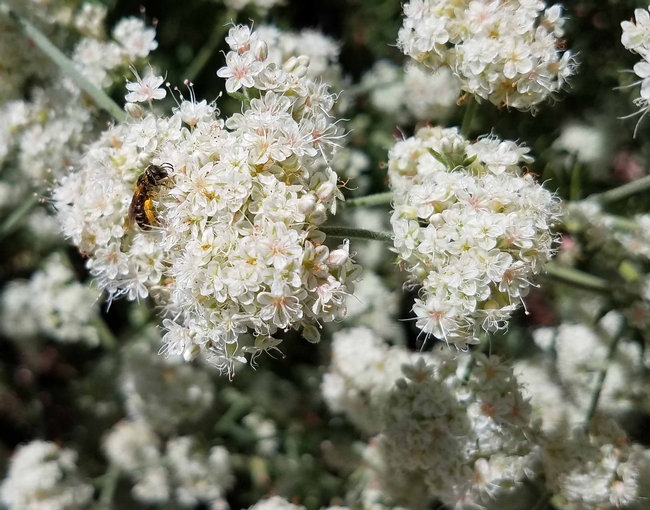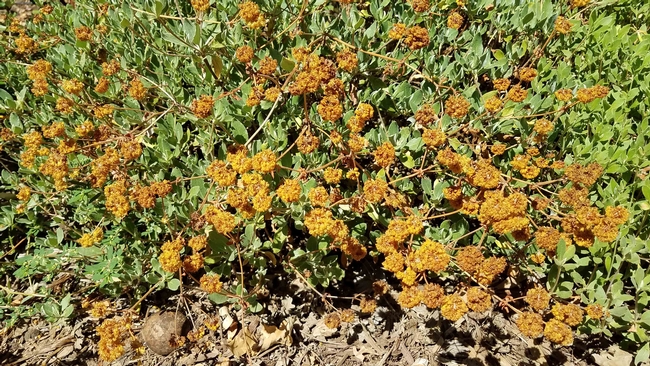By this time of year the lush growth and colorful flowers of spring are just a memory. 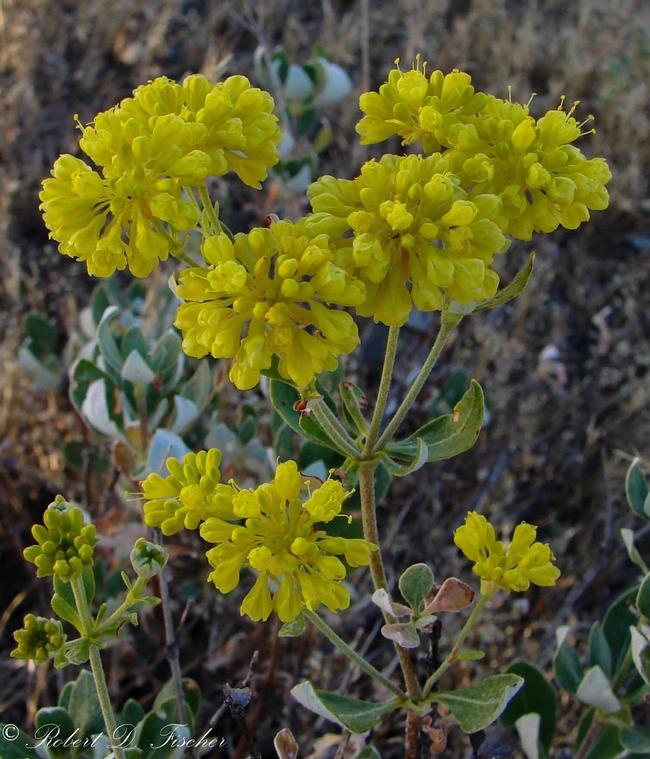
Eriogonum, or wild buckwheat, is a large genus with many species native to California. These perennials are available in a variety of sizes, growth habits and flower colors, and some species also have named cultivars. Individual flowers are small but are born in clusters containing many flowers, providing a visual impact. Wild buckwheats are very attractive to native pollinators, especially butterflies, and also provide food and habitat for birds. The flowers are long-lasting, fading to a rusty color in late summer. The plants are evergreen, grow in full sun, and require little to no supplemental water once established.
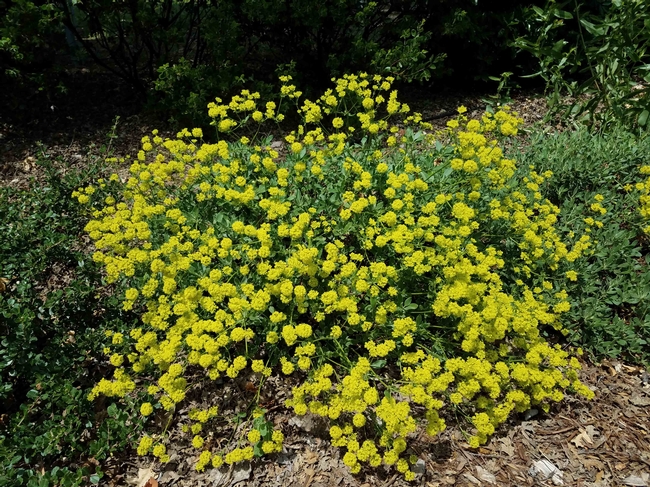
California buckwheat (Eriogonum fasciculatum) is native to the foothills of southern California and is quite drought-tolerant. It grows one to three feet tall and up to four feet wide. Its needle-like leaves grow in clusters along the stem. The white or pink flowers grow in flat-topped clusters.
St. Catherine's lace (Eriogonum giganteum) is native to the Channel Islands and Baja California. It grows to be a large, rounded woody shrub four to five feet tall and six or more feet wide. Its creamy flowers grow in large flat clusters held above the plant. The leaves are gray-green and felty.
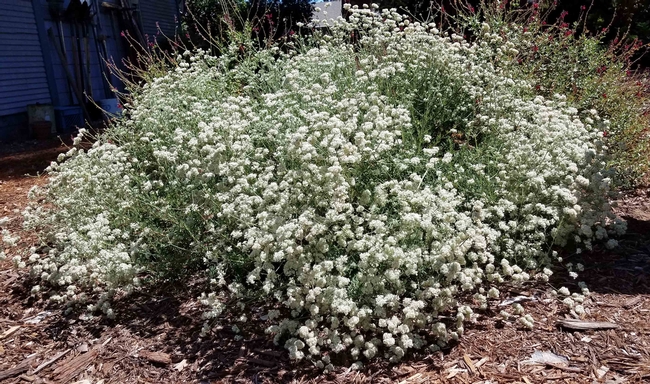
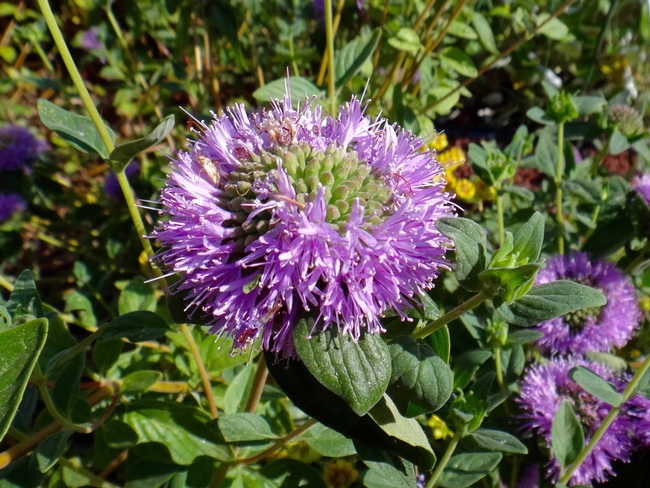
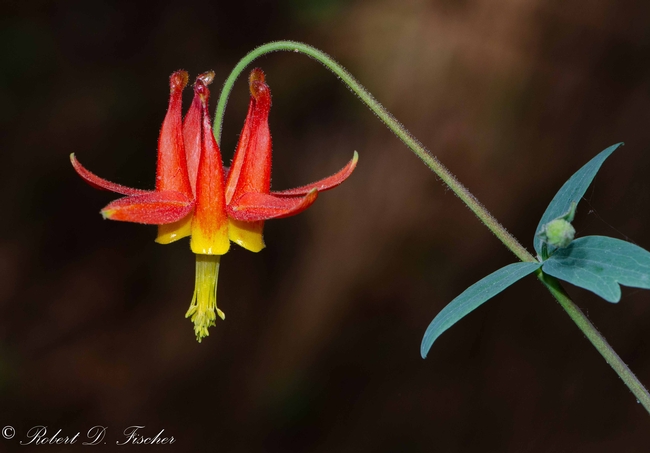
The Butte County UC Master Gardeners are part of the University of California Cooperative Extension (UCCE) system, serving our community in a variety of ways, including 4H, farm advisors, and nutrition and physical activity programs. Our mission is to enhance local quality of life by bringing practical, scientifically-based knowledge directly to our community. For more information on UCCE Butte County Master Gardeners and their upcoming events, and for help with gardening in our area, visit https://ucanr.edu/sites/bcmg/. If you have a gardening question or problem, call our Hotline at (530) 538-7201 or email mgbutte@ucanr.edu.
